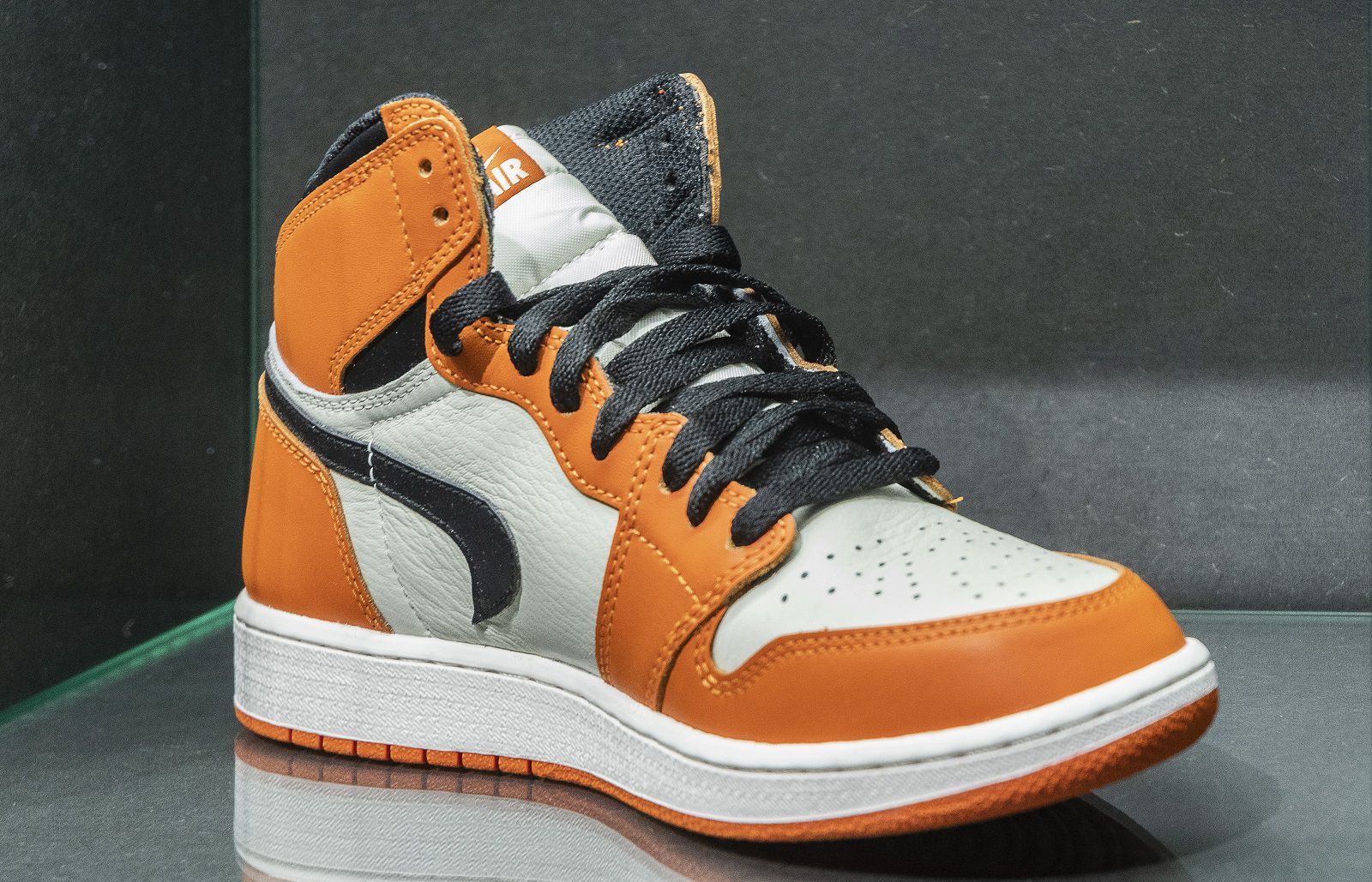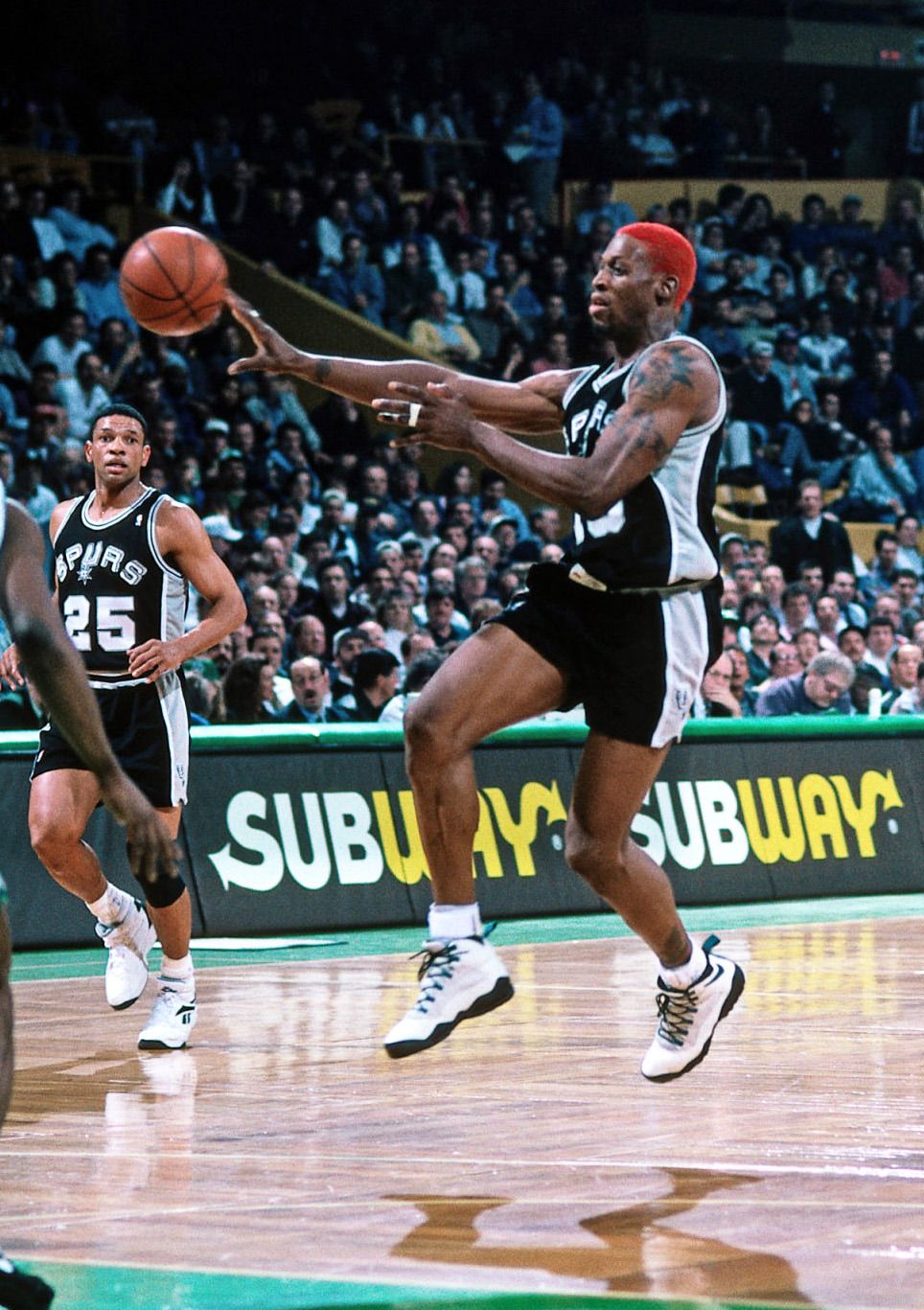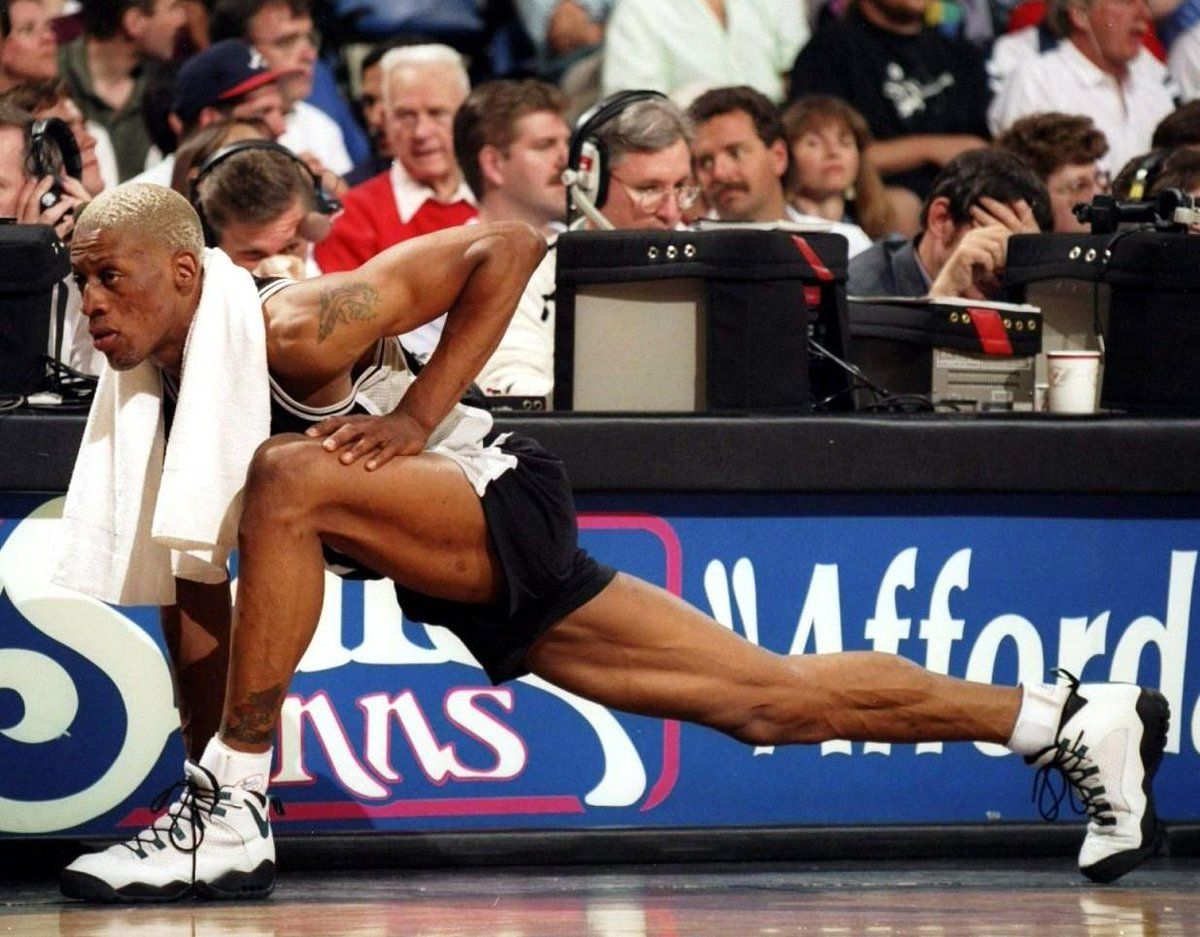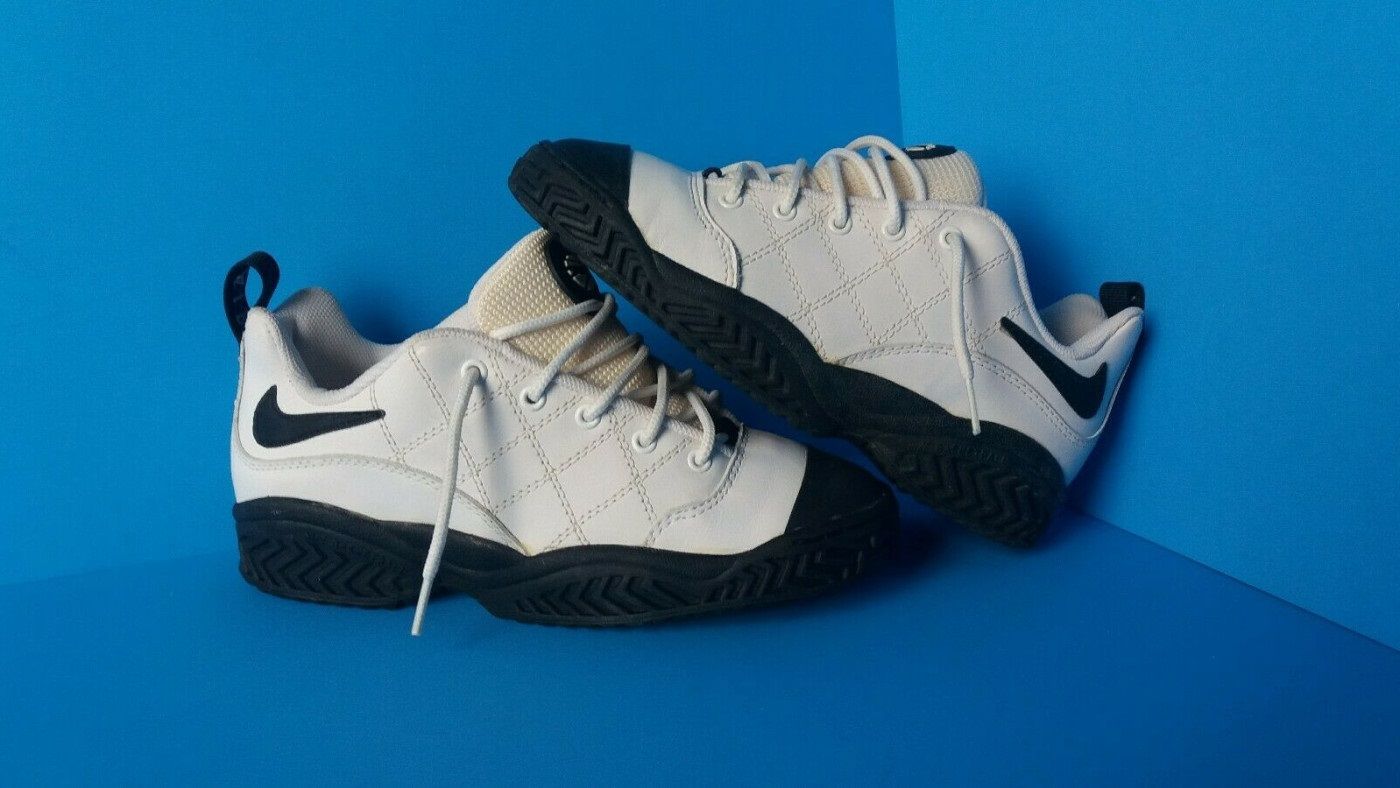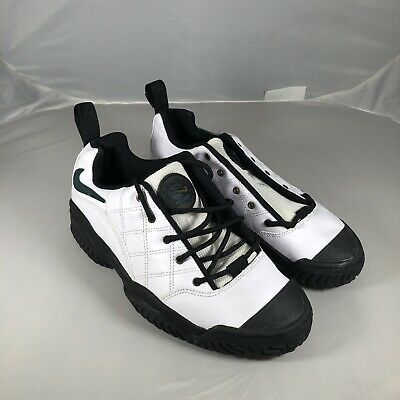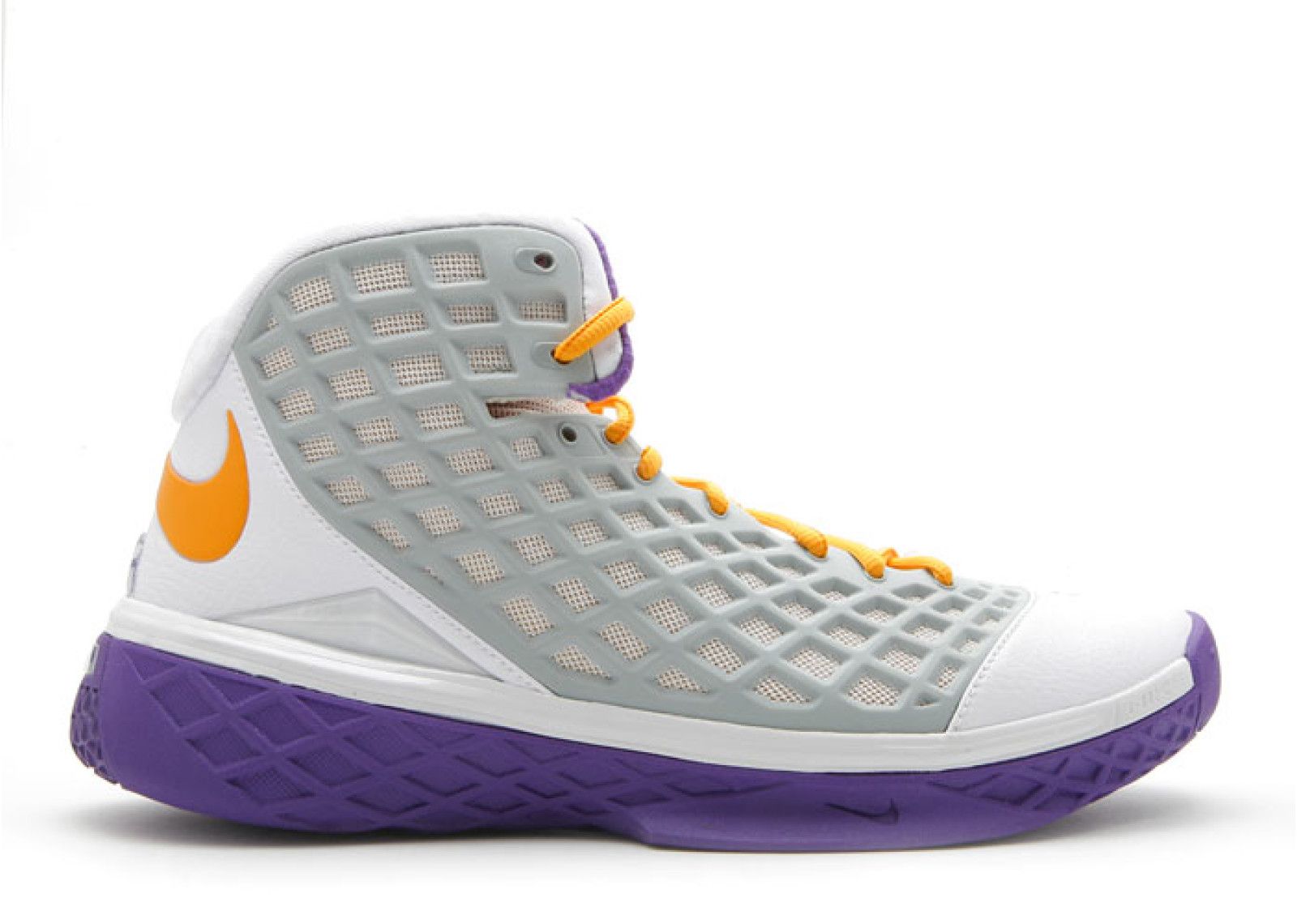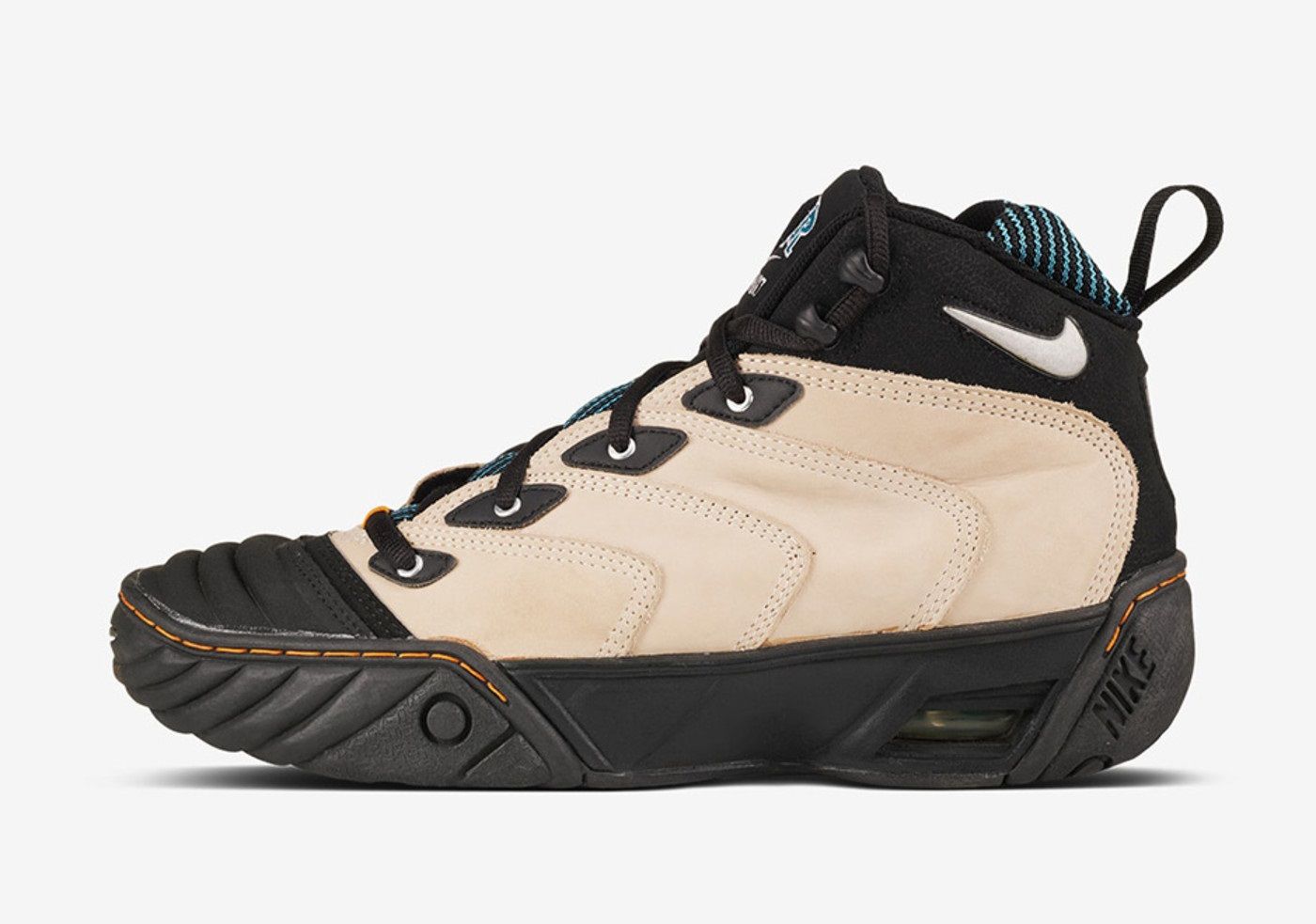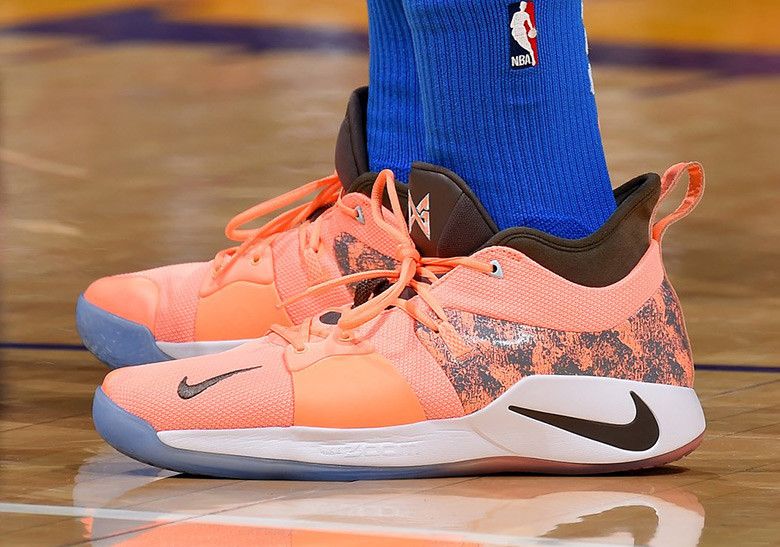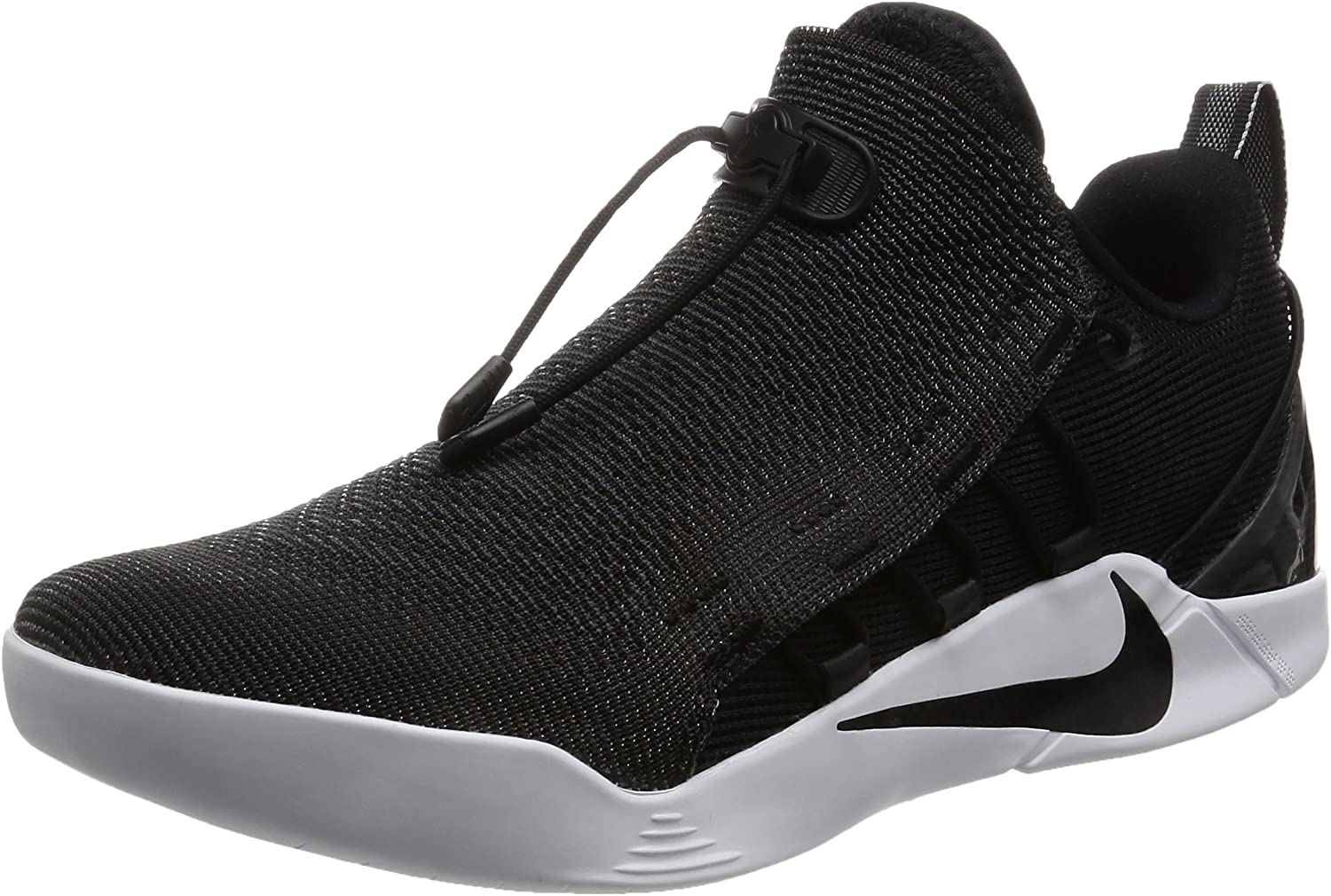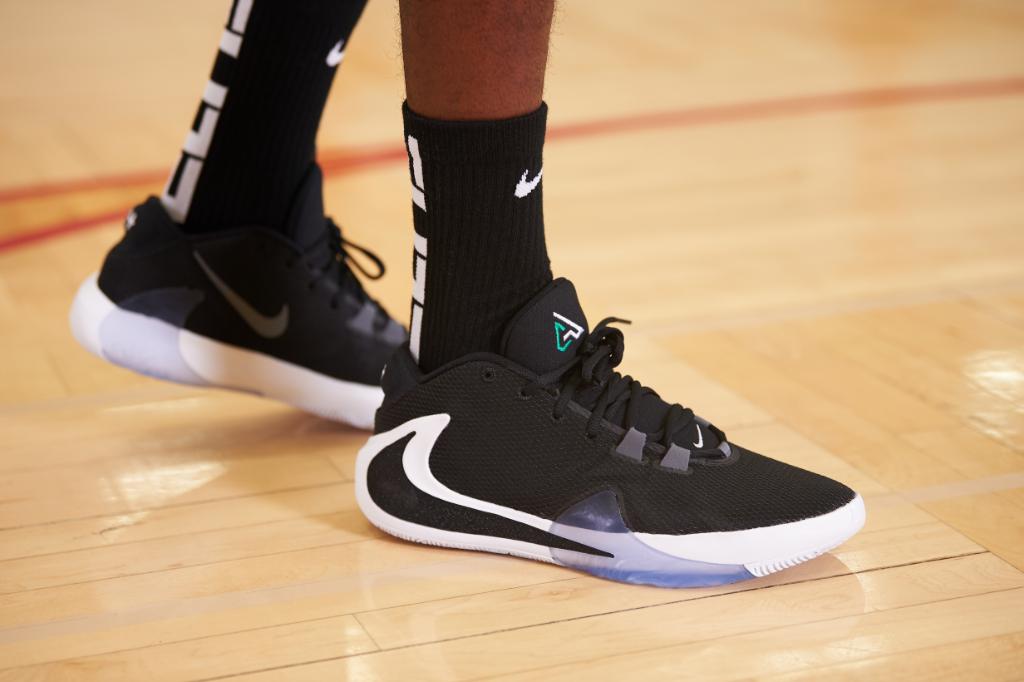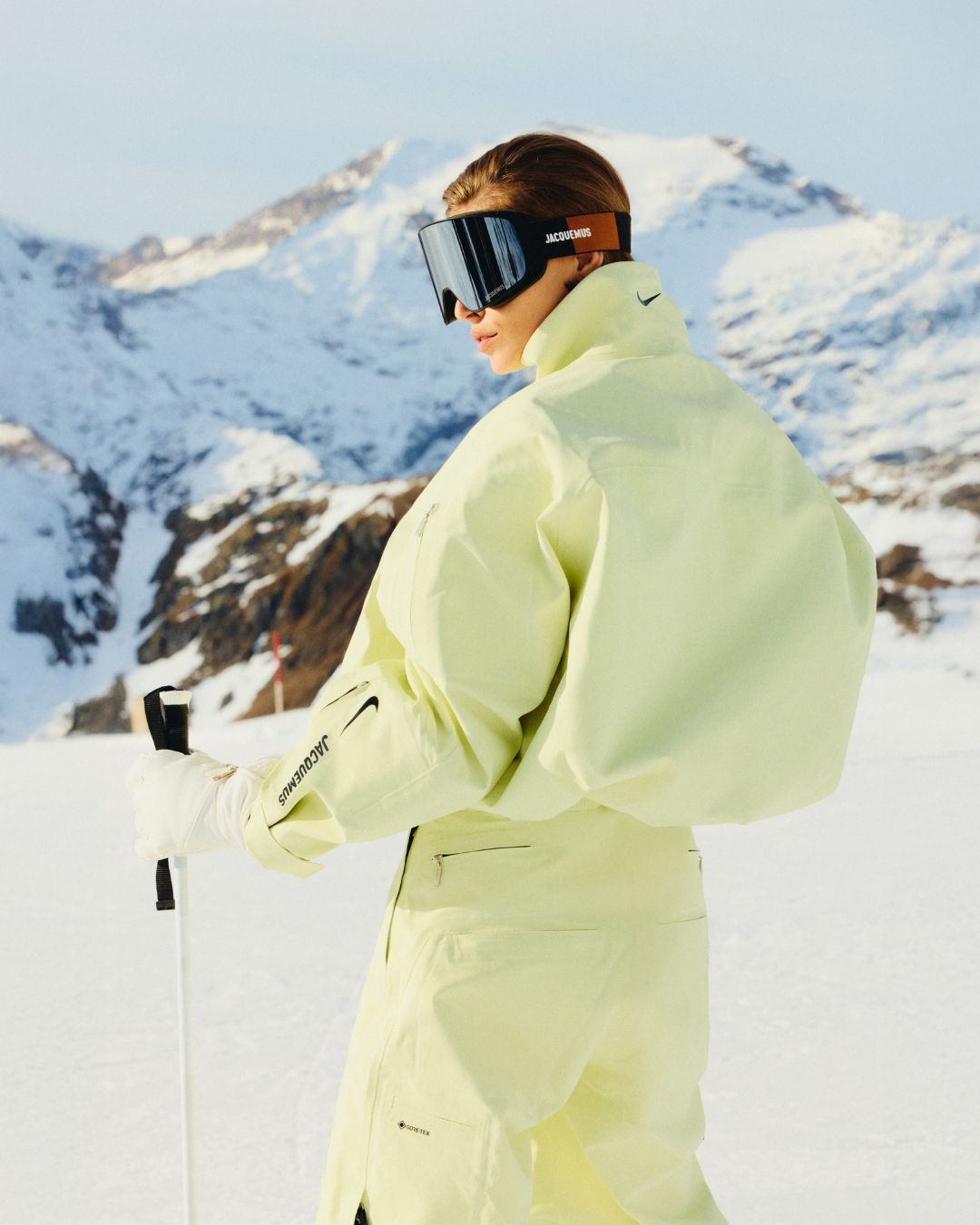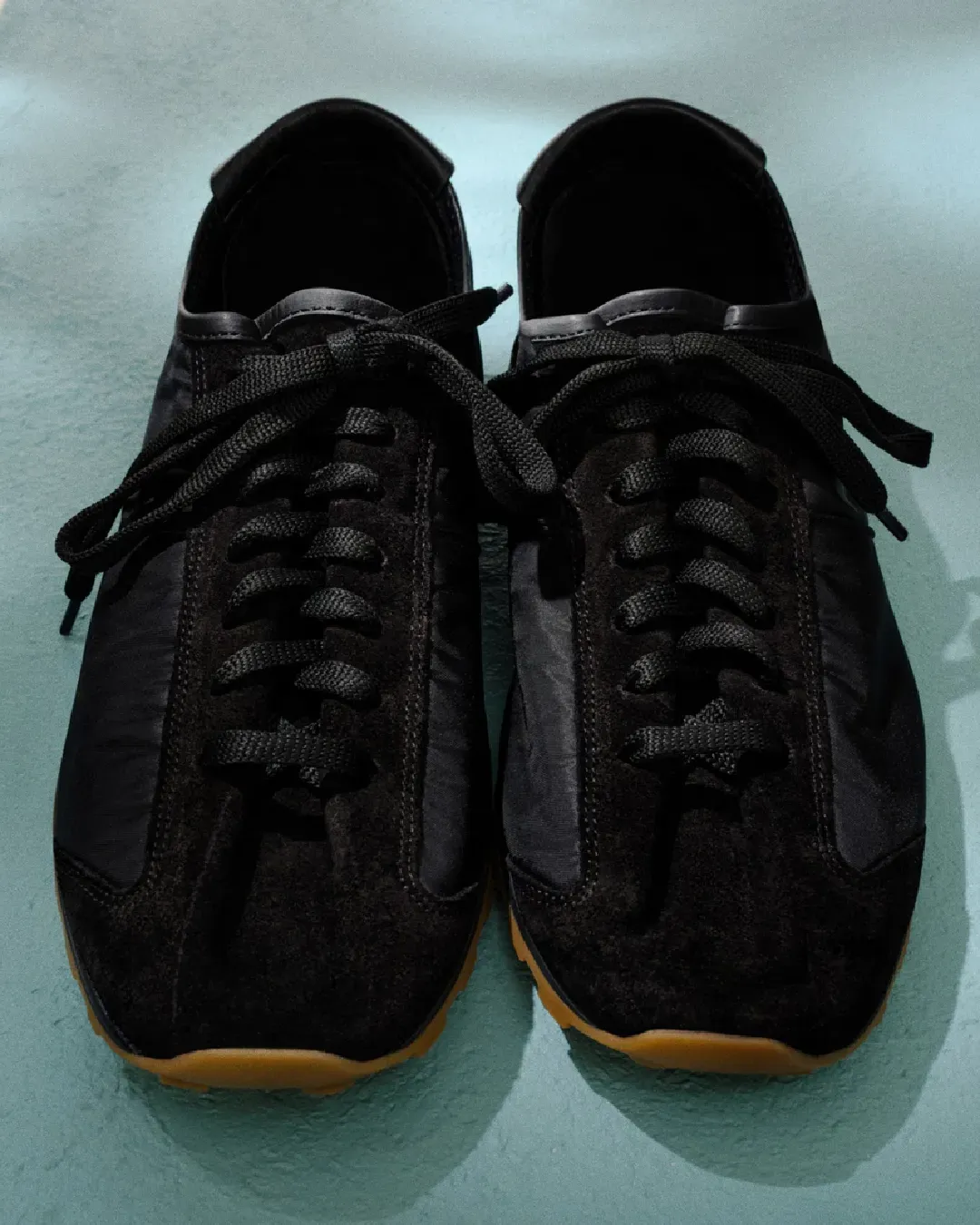
The history of all Nike with the reverse logo From Dennis Rodman to Travis Scott, 25 years of ''reverse Swoosh''
Nike's Swoosh is probably the most recognizable logo in the world: the story - and the book ''Shoe Dog'' - narrates that it was designed by Portland student Carolyn Davidson for only $35 in 1971 and from that moment the logo combination - brand has become increasingly fortified. Initially designed with a very fat belly and the finer ''body'', it has undergone some changes over time to be able to reuse it in different forms, especially as regards shoes: made ''mini'', put on the soles, left alone on the tongue, repeated several times on the same on the same side of the silohuette and finally positioned upside down, with the belly of the Swoosh facing away from the shoe.
The most recent and famous example is Travis Scott's Air Jordan 1 which, in addition to bringing to light the ''reverse Swoosh'', has also brought to mind all the other models that had already seen this use of the logo. After the episode of ''The Last Dance'' in which the figure of Dennis Rodman was faced, analyzing the shoes used by ''The Warm'' throughout his career, Nike Air Darwin came out, as well as the first example of shoe with the logo on the contrary exiting the minds of Beaverton.
Here are the most famous shoes to have already seen this type of design:
Nike Air Darwin, 1994
It looks more like a ROA Hiking style boot than a basketball shoe; something designed to ''get your hands dirty'', which was what Dennis Rodman did when he entered the field. It was the third outdoor basketball sneaker designed by Nike, after the 1992 Air Raid and the Air Raid 2. It is not an official Rodman signature despite wearing it throughout 1994 in his season with the Spurs. The most memorable thing about the shoes is the Swoosh backwards near the heel, a strange adaptation that would later be seen over time.
Nike Air Flare, 1994
Andre Agassi has remained in memory above all for his mullet, for the denim shorts that served as a second layer to a fluorescent leg warmer and for his shoes, also with neon hints characteristic of the fashion of the early 90s. But in addition to the iconic Air Tech Challenge that he wore in multiple models throughout his career, Agassi also saw Air Flare at his feet, with which he won his first US Open in 1994. With a much more sober colorway than at the "hot lava", on the white part there was for the umpteenth time an inverted black Swoosh.
Nike Air Yoke, 1995
Even these sneakers were designed - together with the ''twins'' Air Penetrator - for outdoor basketball but what comes to mind when you look at them is more a climbing shoe. The constant, proposed after the Air Flare, is the reverse logo on the heel.
Nike Air Ndestrukt, 1995
The outdoor line for basketball shoes no longer exists; a few years ago Nike, after the withdrawal of Kobe, had produced Zoom Venomenon models for the Chinese market with a more resistant sole, but the silo was not very successful. This Air Ndestrukt was one of the last examples of a ''global'' product with which Nike had tried to break through - without fanfare - into the outdoor market. What came out of it is a shoe that is very reminiscent of a Nike ACG mixed with a Kobe 3. With reverse Swoosh.
Nike LeBron 10, 2012
One of the most famous LeBrons, not so much for a particularly revolutionary aesthetic, but because James with those shoes won a title in Miami. The most famous coloring of LeBron 10 will probably remain the ''Cork'', which was used to celebrate its 2012 title.
Air Max 2015
The aesthetics of Air Max completely changed in 2009 when Steven Smith (now designer for the Yeezy line) created an air-unit that lasted until 2017 with the advent of Vapormax technology. For the first time a reverse Swoosh on an Air Max.
Nike PG2, 2018
Paul George is one of those few Nike-sponsored elected officials who can boast a signature shoe. The second edition for the Clippers player, as well as one of the most successful shoes of its entire line, featured a reverse logo on the sole.
Nike Kobe AD NXT, 2017
This is Kobe's first signature after his retirement. A silhouette that follows the line of all Kobe's but with two particularities: the strings completely covered by an over-layer and the Nike brand facing the heel.
Nike Blazer Mid 77 Vintage Slam Jam, 2018
One of the most iconic shoes ever, the Blazer Mid, used both as a sportswear and streetwear sneaker. In 2018 the revisitation by Slam Jam, store born in Ferrara but now a reference point for Milanese shopping.
Nike Zoom Freak 1, 2019
The last entered the Nike Family in terms of signature shoes. A shoe not aesthetically excellent but that through its details tells the story of Giannis, an African American boy who left Greece to become the MVP of the most famous league in the world. Although the shoe is equipped with two logos, the inner one follows the canonical direction but the most evident, the one on the upper sun, is instead facing in the opposite direction to the shoe.
Air Jordan 1 High Travis Scott, 2019
There is no need for a particular description: it is the shoe of the year 2019 as well as the reason why the reverse Swoosh is back in vogue, present in both the High and Low versions.
Air Jordan 1 Shattered Backboard - reverse Swoosh
Honorable mention for a ''mistake'' that made the shoe one of the most coveted in the world, since it is a single specimen: it is an Air Jordan 1 SB where the Swoosh was sewn backwards. But this time by "opposite" it is not meant that the direction of the logo is opposite to that of the shoe, but it is meant that the Swoosh has been positioned upside down.












































